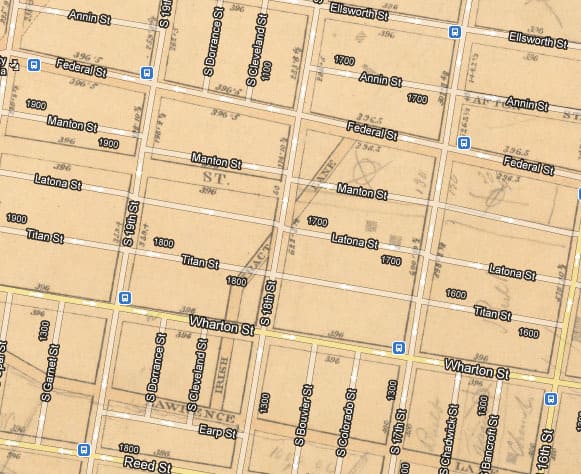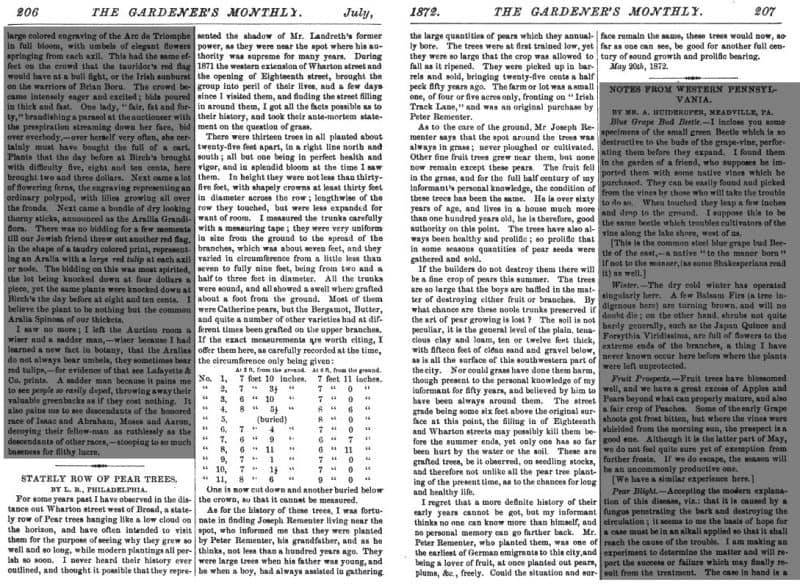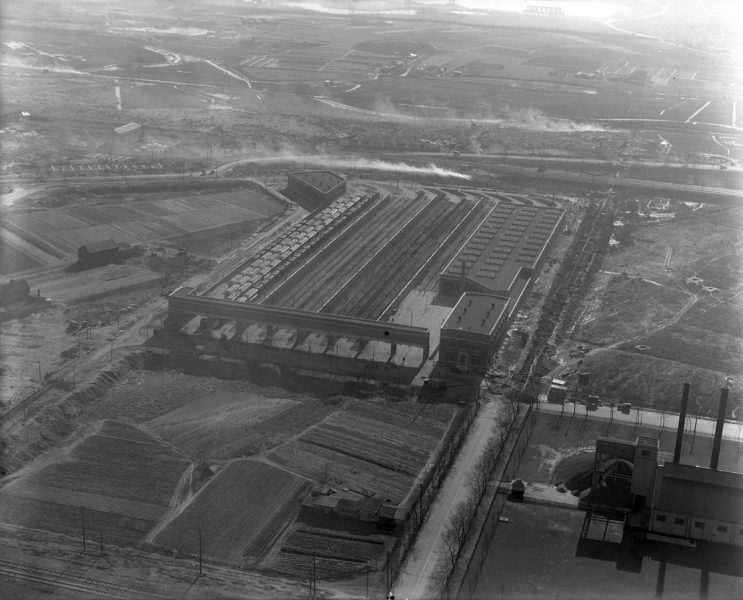Mr. Rementer’s South Philly Pear Orchard

Screen shot of Greater Philadelphia Geohistory Network’s Interactive Maps Viewer with detail of Samuel L. Smedley’s 1862 Philadelphia Atlas
I was recently contacted by James Rementer, a descendent of a South Philadelphia family that owned a pear orchard on Irish Tract Lane for more than a century before it was covered with landfill in the late 1800s. Though long gone, Irish Tract Lane was located in the vicinity of 18th and Wharton Streets (see above map). Mr. Rementer forwarded the below article printed in the July 1872 issue of Gardener’s Monthly and Horticultural Advertiser, mentioning his family’s orchard. The author describes venturing into the doomed orchard to document the pear trees before the encroachment of over six feet of fill. Executed for the purpose of supporting an underground sewage system in South Philadelphia’s marshy landscape, the fill would soon blanket most of the area.

July 1872 issue of Gardener’s Monthly and Horticultural Advertiser
Adam Levine, an historian for the Philadelphia Water Department, recently presented his findings related to South Philadelphia’s buried topography at the Grid + Flow symposium held at Temple University in April 2011. In his research here at the Library Company, he was able to track down the following image illustrating how the fill drastically altered South Philadelphia’s landscape. In the lower left hand quadrant of the below photograph, one can see how the grade advanced upon existing farmland and structures in the vicinity of the Philadelphia Rapid Transit car barns, which now serve as a bus garage for SEPTA, on the site of the present-day Acme at 19th St. and Oregon Avenue.

Philadelphia Rapid Transit Car Barns, photograph by Aero Service Corporation. Ca. 1930.

Modern-day Photograph of Stephen Girard’s estate, Gentilhommiere, by the author.
One wonders if any pre-row home estates still exist today and, from my own findings, it appears as though Stephen Girard’s estate, Gentilhommiere (seen in modern photograph below), may be the only 18th-century structure remaining after the fill. If anyone can correct me, I’d be glad to know of other existing historic structures south of Washington Avenue that may have survived the fill, other than those closer to the Delaware River.
Nicole Joniec
Print Department Assistant & Digital Collections Manager
1314 Locust St., Philadelphia, PA 19107
TEL 215-546-3181 FAX 215-546-5167
http://www.librarycompany.org


Leave a Reply
Want to join the discussion?Feel free to contribute!